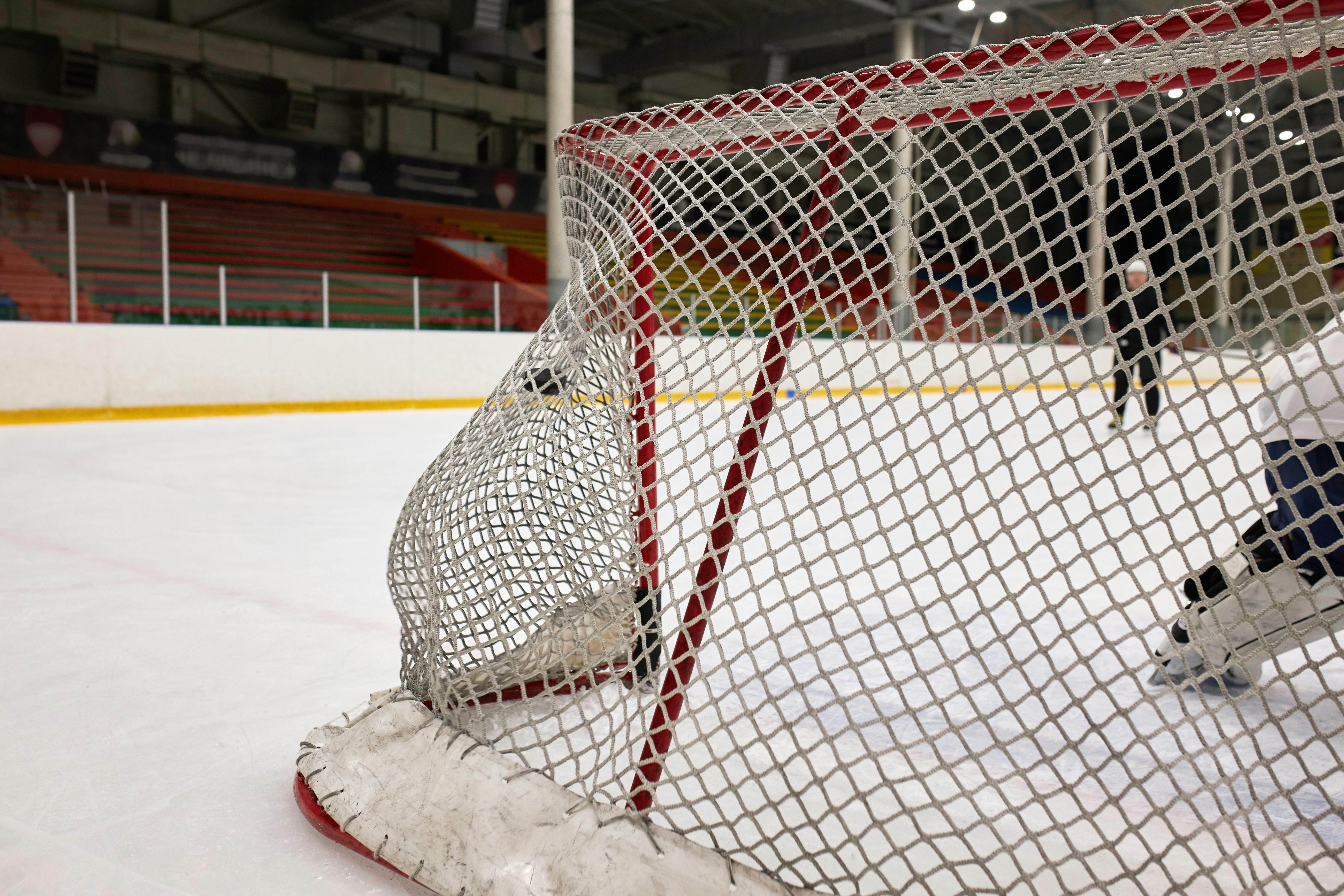
When it comes to renovations, choosing the right radiators is now often considered in conjunction with wallpaper and floor coverings. Many consumers are interested in selecting radiators from the right period, to bring elegant authenticity to a period property, or to opt for a modern radiator design, to add the wow factor to a contemporary interior.
The research makes it clear that there have been many changes in heating products over the years.
As many history buffs will know, the Romans were the first to use “central heating” to heat their villas using a system called a hypocaust that used a furnace to heat the air and drive it through the gaps under the floor. Similar systems were also used in ancient Korea, possibly even as far back as the Bronze Age. By 1700, Russian engineers had begun designing water-based systems for central heating.
Steam heating systems were developed and installed in the 1830s. The first was installed in the home of the Governor of the Bank of England, John Horley Palmer, so that he could grow grapes in the cold climate of England.
However, there are several people who claim to have invented the radiator as we would recognize it today. All the evidence points to its development occurring around the middle of the 19th century.
Franz San Galli, a Polish-born Russian businessman, invented an early form of radiator between 1855-1857, and two distinguished inventors known as Joseph Nason and Robert Brigss also designed and produced a radiator using vertical wrought iron tubes bolted to a cast iron base. in 1863. In 1872, Nelson H Bundy devised the “Bundy Loop”, a popular cast iron radiator design that is still reflected in the products we see today.
The Victorian period is very much associated with the introduction of cast iron radiators with which we are all familiar and it was in this period that heating became not only a practical installation but also a decorative element.
However, it wasn’t until the 20th century that radiators became popular, as even up to the 1970s, comparatively few houses had central heating. Steel was then introduced as the most popular choice for radiator manufacturing in the UK, supporting the British steel industry. Consequently, pressed steel corrugated panels became commonplace, despite the prevalence of aluminum radiators in other parts of Europe.
As interior fashions changed, cast iron radiators were thought to be too big and annoying and steel radiators were considered ugly so they were discarded, boxed, or simply painted by owners, but in the 21st century We have seen the radiator market close. Once again, radiators have become a desirable feature in our homes.
Cast iron remains a popular choice among heating engineers and architects today, particularly for older properties that might otherwise be prone to moisture. Cast iron radiators stay hot long after the central heating is turned off, providing a constant gentle, undulating heat, which retains heat in the building structure, as well as heating the interior space. The current trend to restore period properties to their original splendor has re-launched the cast iron radiator that now claims pride of place in many homes.
Cast iron radiators available today are either “reclaimed” meaning they have been reclaimed from older buildings, or “reproduction” meaning they are new but cast from original designs, and both options have boomed in popularity over the past decade. See our blog post “Recovered vs. Replayed” for more information on this topic.
Contemporary radiators are now available in a wide variety of wonderful shapes, sizes, and finishes, from sleek minimalist radiators that fit close to the wall to radiators with striking features that make a unique and impressive statement.
However, whatever style you choose, rest assured that there is no need to compromise on heat production, as good looks and performance are not mutually exclusive.
Radiators, whether in Victorian style or ultra-modern designs, no longer have a “humble” status within a room; they are now an essential centerpiece that serves a functional purpose, as well as being a stylish accessory to complement any interior.
For more information on radiators, whether made from reclaimed or replica cast iron, or the latest designer models, speak to an expert.